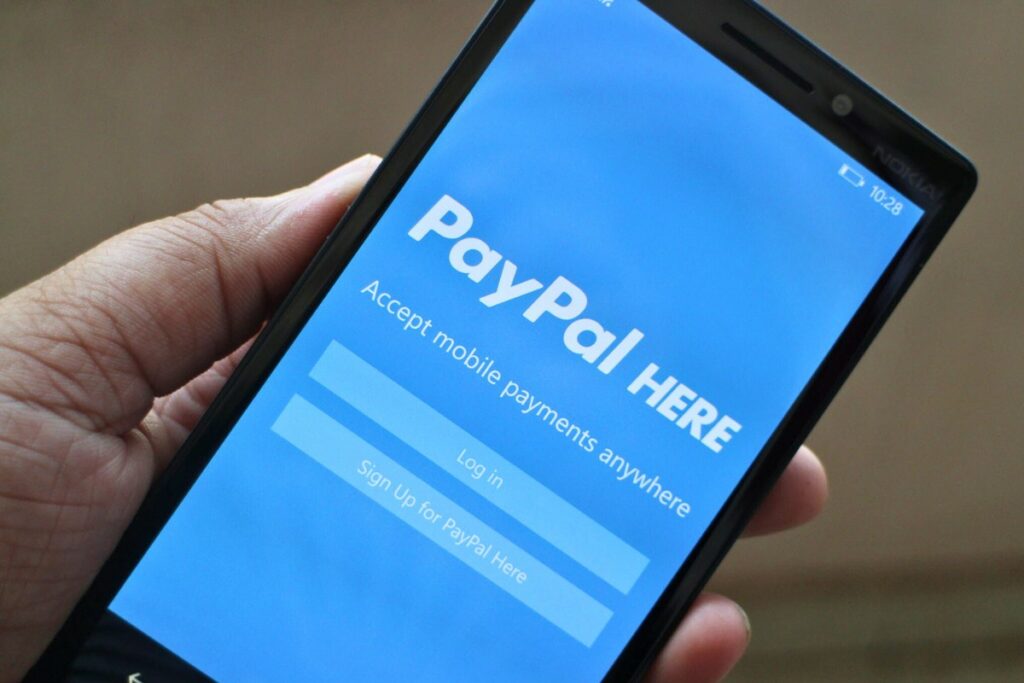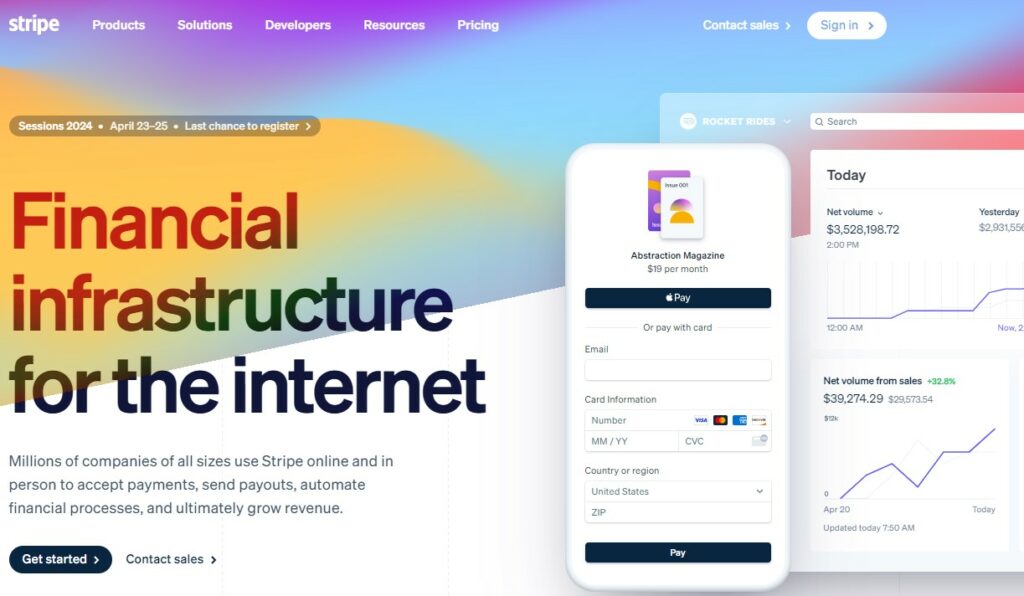As you explore invoicing options for your business, it’s important to consider the various Square alternatives.
Square has made a name for itself as a comprehensive point of sale (POS) and invoicing system, favored by many for its simplicity and feature-rich platform.
However, your business needs are unique, and there may be other solutions that align more closely with your specific requirements for invoicing, payment processing, and financial management.
You may be searching for an invoicing platform with lower transaction fees, more customizable invoice templates, or a system that integrates more seamlessly with your other business software.
Whether you’re just starting out or looking to switch from Square, there are several alternatives that could offer the tailored experience you’re after.
Options like Clover POS, Payment Depot, and SumUp are often highlighted for their competitive features and pricing structures.
Square Alternatives Overview
When you’re looking to streamline your invoicing and payment processing, considering alternatives to Square can open up new possibilities for your business, each with its own set of features and cost structures.
Popular Options
1. Shopify

Known for its e-commerce platform, Shopify also offers robust POS and invoicing features, ideal for businesses with online and physical sales.
2. PayPal Here

Offers a trusted name in online payments and simple invoicing services, coupled with competitive fees, especially for PayPal transactions.
Emerging Solutions
3. Stripe

While it’s already popular for online payments, Stripe is increasingly expanding its offline POS services, which include customizable invoicing.
4. Helcim

Helcim provides easy and affordable POS system and straightforward invoicing tailored for small businesses at competitive rates.
Choosing the Right Invoicing Solution
When looking for an invoicing solution, consider your business needs, the software’s ability to grow with your company, and necessary security features.
Business Needs Assessment
Before selecting an invoicing system, evaluate your specific business requirements.
For instance, if you typically deal with high-volume sales, QuickBooks POS might suit your needs as it’s designed for larger transactions, although the initial cost is higher.
On the other hand, for a more diverse business structure, online software like QuickBooks Online, which costs between $30 and $200 per month, might be the right choice.
Software Scalability
Your business won’t be the same size forever.
Ensure the software you choose can scale with your business.
An application like Square is user-friendly and ideal for small businesses but may also handle medium-sized company needs.
If growth is in your forecast, opt for solutions like FreshBooks or Xero, which are frequently mentioned as scalable alternatives.
Security and Compliance
Invoicing isn’t just about sending bills.
It’s crucial to keep your data secure and comply with regulations.
Always choose software that prioritizes security and meets the necessary compliance standards for your industry.
Look for features like encryption, secure access, and data protection measures that align with your company’s security policies.
Implementation Strategies
When moving to an alternative to Square for your invoicing needs, it’s crucial to have a clear plan and support in place to ensure a smooth transition and effective use of the new system.
Transition Planning
Assess Your Needs: Review your invoicing volume, transaction sizes, and any specific features you require, such as multi-currency support or integration with other tools.
Timeline: Develop a timeline that minimizes disruption in your billing cycle.
Aim to switch over at the beginning or end of a cycle, not mid-cycle.
Data Migration: Plan the migration of your invoicing history.
Ensure the new platform supports importing data to maintain continuity.
Redundancy Plan: Keep Square running in parallel during the initial phase of the new system implementation to mitigate risks.
Training and Support
Training Resources: Utilize the materials provided by the new provider (e.g., video tutorials, webinars, and manuals).
Make a list of these resources and schedule training sessions.
Point of Contact: Identify a support person or team within the new provider’s company and within your own for addressing technical issues swiftly.
Feedback Loop: Establish a channel for your team to report issues or suggest improvements, centralizing feedback for ongoing refinement of the implementation process.
Cost Analysis and Budgeting
When looking for alternatives to Square for invoicing, you need to be thorough with your cost analysis and budgeting.
It’s essential to consider both upfront costs and ongoing expenses.
Let’s break down the key financial factors:
Initial Costs:
- Hardware: Determine if additional hardware is a requirement and compare costs.
- Software: Some providers might charge for software or app usage.
Monthly Fees:
- Subscription: Check if there is a monthly fee or a pay-as-you-go option.
| Provider | Monthly Fee | Transaction Cost |
|---|---|---|
| A | $0 | 2.9% + $0.30 |
| B | $10 | 2.7% + $0.25 |
| C | $30 | 2.5% + $0.20 |
Transaction Fees:
Per transaction: Note the percentage and additional fixed cost per invoice payment.
Italicize rates that are higher than Square’s average and bold ones that are lower.
Other Expenses:
- Add-ons: Identify any additional features and their prices.
- Integration: Investigate if there are any fees associated with integrating the invoicing system with your current setup.
Key Takeaways
When exploring alternatives to Square for your invoicing needs, keep the following points in mind:
Payment Depot: Ideal for your high-volume transactions.
It can potentially reduce your per-transaction costs.
Stripe: Speedy payment processing.
It fits well if quick access to funds is a priority for you.
Helcim: Cost-effective for your business.
This is especially true if you’re working within a tight budget.
Elavon: Supports omnichannel businesses.
It gives you flexibility across multiple sales platforms.
Lightspeed Retail POS: Optimal for an iPad-based POS system.
It can integrate with your existing setup.
Clover POS: Expandability is a key feature here.
This is beneficial if you foresee business growth and POS system evolution.
CDGcommerce: Offers flexible processing rate plans.
This is sensible if you have varying processing needs.
QuickBooks GoPayment: Favorable fee structure on larger transactions.
This makes it a good choice for your high-value invoicing.
Consider the following when choosing a Square alternative:
- Transaction Fees: Different providers offer varying fee structures.
- Integration: Ensure the service integrates well with your existing systems for seamless operations.
- Features: Evaluate the necessary features such as inventory management, customer databases, and more.
- Usability: You’ll want a user-friendly interface to make invoicing straightforward for you and your employees.

